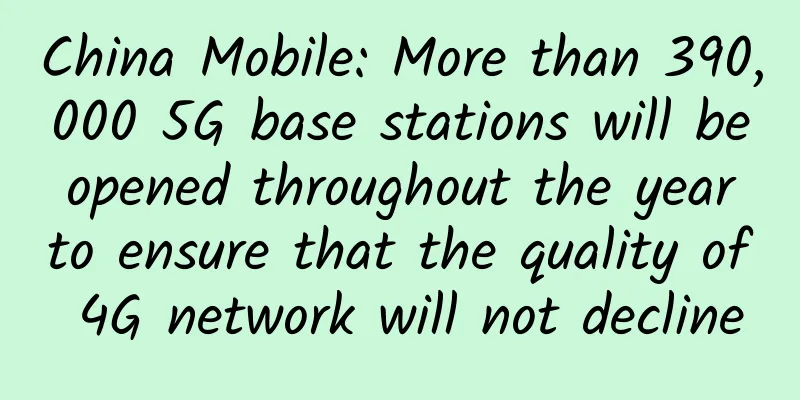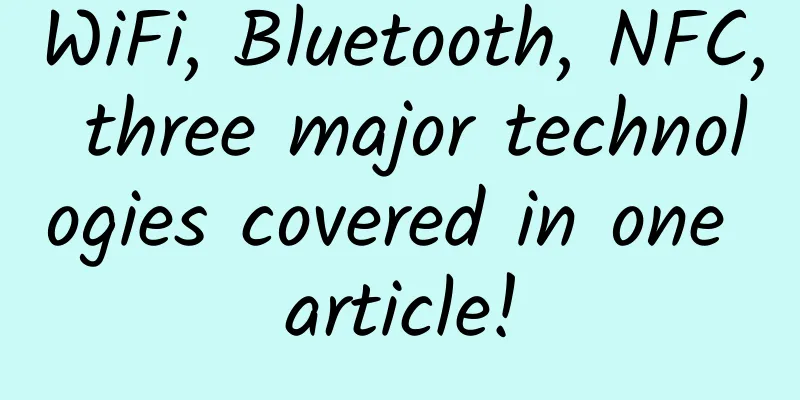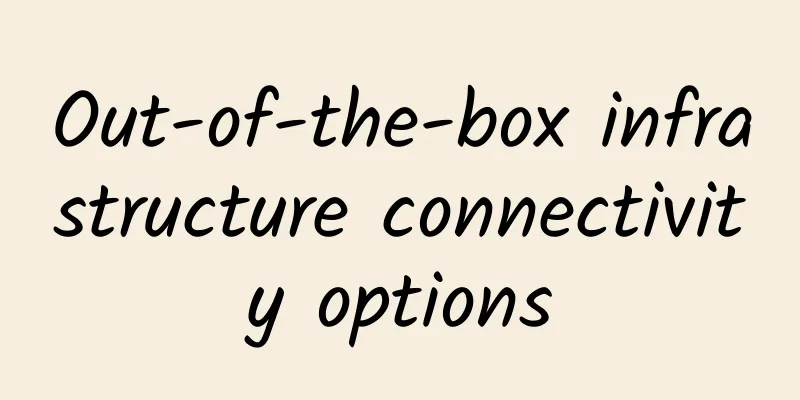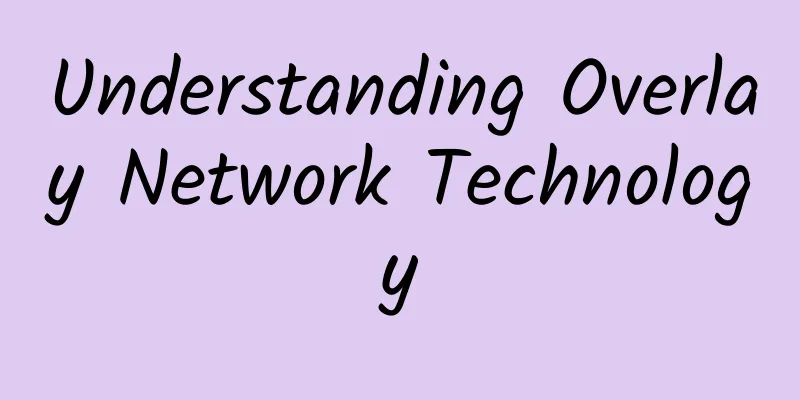It’s time to show the real technology! See 5G+IoT=?

|
The Internet of Things is already booming, and it will get a big boost from 5G technology as the technology becomes more widespread and commercial services catch up with enhanced versions of the standard that are already in the works.
“5G increases overall bandwidth and allows for the connection of a vast number of IoT devices due to the increased spectrum available for 5G,” said Michelle Engarto, vice president of wireless solutions and product line management at Corning, which primarily makes distributed antenna systems for in-building cellular products. Steve Szabo, vice president of wireless, IoT and partnerships at Verizon Business, said several features of 5G will help revolutionize numerous industries and network connectivity. One feature is ultra-high throughput. “We’ve seen peak speeds up to 4Gbps in trials with vendors, which gives you a taste of what 5G is capable of,” Szabo said, with 5G speeds expected to reach 10Gbps. Another feature is the high sensor density for data collection, which will enable the digitization of factory floors and increase visibility and productivity without the need for complex wiring or legacy technologies. “High sensor density is about deploying tens of thousands of sensors and using them to track assets, send out alerts, etc. 5G with millimeter wave technology is designed to handle millions of connected sensors and can actually manage up to 1 million connected devices per square kilometer,” Szabo said. 5G will also enable ultra-low latency through multi-access edge computing (MEC), which can offload the processing of workloads to the edge. Where can 5G help IoT? How big an impact 5G will have on the Internet of Things and when it will have an impact will largely depend on the usage scenario. Bill Menezes, senior principal analyst at research firm Gartner, said 5G's key attributes include much faster data throughput, support for massive machine-type communications (large numbers of machines or devices communicating without any human interaction or control), and ultra-reliable low-latency communications. Menezes said the technology's ultra-reliability comes from its ability to provide a defined quality of service, or "real-time" communications, rather than the best-effort data delivery of Ethernet-based technologies such as Wi-Fi. In addition, future versions of 5G will theoretically have latency of less than 1 millisecond, while the current generation of Wi-Fi deployed typically has latencies of 20 to 40 milliseconds. All of these attributes are "relevant to IoT, but the degree of relevance depends on the needs of the IoT endpoints and application systems," Menezes said. For example, if an application does not require high data rates or latency below 10 milliseconds to operate properly, implementing a large number of low-power endpoints may be appropriate. Menezes said this scenario will primarily take advantage of 5G's future ability to support narrowband Internet of Things (NB-IoT) connections, which theoretically can support up to 1 million low-power endpoints per square kilometer. NB-IoT is a low-power wide-area network radio technology standard that supports a range of cellular devices and services. 5G can also be used to deploy fewer devices that require a lot of bandwidth. “One use case for deploying surveillance cameras will rely more on 5G’s high throughput/low latency capabilities to enable ultra-high definition 8K real-time video streaming with much lower device density requirements,” Menezes said. Menezes said automotive, manufacturing (smart factories), construction, and natural resource industries such as mining and oil and gas are all industries where 5G is expected to bring opportunities for the Internet of Things. "But the needs are broad and vary by use case," he said. And 5G is not the best choice for all IoT networks. Menezes said that enterprise organizations will continue to use a variety of connectivity methods, including Wi-Fi, Bluetooth, Zigbee and 4G-NB-IoT. He said: "Enterprises need to weigh the performance attributes of the systems they implement that other platforms cannot provide in the required deployment scenarios." How does 5G match up with other options? Today, IoT devices are mostly connected via wired technology, Engarto said. That includes shielded twisted-pair LAN and coaxial cable. “Wi-Fi may have some use in some limited areas,” she said, but it’s not always ideal. “5G enables companies to deploy a much larger number of sensors without the need for cables and the conduit required for each cable,” Engarto said. But the new wireless technology "will be one of many networking solutions designed to meet the full range of IoT needs," said Patrick Filkins, senior research analyst for IoT and mobile network infrastructure at research firm IDC. “For example, 5G can support endpoints that require any latency, reliability, and security,” Filkins said. “While 5G will be the Swiss Army knife solution for IoT, all delivered through a single platform, some enterprises may not need the full capabilities of 5G. In many cases, such as LPWAN (low-power wide-area network), connectivity can also be achieved through alternatives such as LoRaWAN.” Filkins said Wi-Fi-6 and Wi-Fi-HaLoW will also play a role in dense, short-range IoT use cases, though reliability may be reduced. “When it comes to promising zero-downtime communications, 5G is an upgrade over LTE because it incorporates new technologies that enable near-zero packet loss,” Filkins said. These technologies include beamforming, fast network failover (redundant infrastructure and topology), wireless packet retransmission, and software-defined networking. “In addition, 5G leverages advanced synchronization and other channel partitioning techniques that can be used to maximize the use of dedicated spectrum channels to ensure quality of service,” Filkins said. “This ensures high reliability in operators’ 5G environments.” Wi-Fi and 5G Filkins said Wi-Fi's reliability is primarily limited by its transmission distance. "Whether you can guarantee service levels is unknown, but it is almost certainly guaranteed at short to medium distances," he said. In addition, most Wi-Fi systems are deployed in unlicensed frequency bands. As more data packets share the channel, the potential for interference becomes greater. Filkins said Wi-Fi 6 will chop up the spectrum into resource units to help address the reliability issue, but even with that improvement, the spectrum issue itself remains, "which has the potential to introduce interference." Deployment cost, transmission distance, interference and IoT device capabilities are all factors to consider when determining the appropriate primary or complementary connectivity solution for an IoT implementation, Menezes said. “The decision is made based on the implementation of the network performance requirements. So if an endpoint or application system does not require 5G performance to operate at the required level, this will help determine the choice of connectivity,” Menezes said. Menezes said Wi-Fi 6 or Zigbee might be perfectly suitable for some elements of smart building control, but would be useless for highly mobile, wide-area use cases. “Also, in situations where 5G is available but has not yet reached a significant market size to make endpoints or network services competitive, endpoints using essentially commoditized connectivity technologies such as Bluetooth, Zigbee, RFID or Wi-Fi may be very cost-effective,” Menezes said. Shree Dandekar, vice president of the global product organization at consumer products maker Whirlpool, which offers connected kitchen and laundry appliances, said Wi-Fi often makes more sense for IoT than cellular in some scenarios, such as home use. “The tech community largely agrees on this, and 5G is unlikely to change that,” Dandekar said. “Even the cheapest cellular technology [NB-IoT or LTE-M] is much more expensive than Wi-Fi.” Whirlpool's factories, on the other hand, are a completely different situation. "This environment can be challenging for Wi-Fi because there are so many devices and machines, and a lot of metal can affect Wi-Fi signals," said Michael Berendsen, vice president of IT. The company is testing 5G in some of its self-driving cars at a washing machine factory in Ohio, “because we think 5G can provide better coverage and be more stable over such a large space,” Berendsen said. Network slicing to improve performance Telecom operators say that as 5G matures, the network will become more and more advanced, which will bring more possibilities to the Internet of Things. "As the network continues to evolve and you can improve the modeling of edge structures with SDN (software-defined networking), bandwidth will continue to improve," said Jason Inskeep, director of AT&T Business' 5G Center of Excellence. "Another highly anticipated feature that 5G will bring is network slicing," Inskeep said, allowing dedicated resource blocks to be used on the radio access network (RAN). This way, cellular networks begin to feel like multiprotocol label switching (MPLS) networks, "creating the opportunity to achieve higher performance, facilitating technologies such as self-driving cars or 'beyond line of sight' drone operations." "5G can maintain a certain performance threshold in each slice of the cellular network, which is a characteristic that only existed on wired networks in the past," Inskeep said. “These cars and drones are collecting huge amounts of data that needs to be processed quickly to make the cars and drones more viable. 5G and edge computing offer fast speeds and low latency across the board, plus network slicing gives data its own ‘lane’ which will help the data get back to the device in a much shorter time.” When 5G network slicing intersects with the Internet of Things, “you start to see how useful the holistic nature of the 5G platform can be, especially in organizations where many use cases exist simultaneously,” Filkins said. “One network slice could be dedicated to LPWAN IoT projects, and another slice could connect endpoints that require ultra-low latency,” Filkins said. “With 5G, you could theoretically create a single platform that could support IoT use cases that traditionally required an overlay of wired and wireless links. With 5G, you could support most of these use cases from a single platform using wireless technology.” Filkins said this should be attractive to organizations looking to increase the value of IoT from a management and operating expense perspective. Higher endpoint density is coming Another area of future improvement, InsKeep said, is supporting more sessions per wireless circuit per square kilometer. "As we move to 5G, this number will increase dramatically, so the density of terminals may increase. If this happens, the ecosystem will become more intelligent," and the functionality of the Internet of Things will increase. “When it comes to IoT, we’ve only scratched the surface of what 5G can do,” said Szabo. “5G has the potential to revolutionize business operations and enable use cases that don’t exist today.” For example, 5G networks are expected to support more than 2 million connected sensors per square mile, Szabo said. “Using 3D virtual reality together can help engineers, designers and marketing teams compare new product designs with almost zero latency.” Szabo said Verizon is working with partners and developers to expand its 5G ecosystem. In July 2020, it announced plans to simplify and accelerate end-to-end IoT environments. Part of the plan is to integrate the carrier's 5G/LTE network, ThingSpace IoT platform (which allows other companies to design, test and connect IoT devices on the Verizon network) and key asset sensor devices (which monitor conditions such as light, temperature and pressure) with Microsoft's Azure cloud, allowing IoT developers to quickly and efficiently create new applications. Menezes said future versions of 5G (Release 16 and 17) include many specifications related to advanced NB-IoT, ultra-low latency and network slicing, which are suitable for a wide variety of IoT use cases. “Organizations considering 5G as a primary or complementary resource need to match their roadmaps for planned IoT use cases, applications, or required performance enhancements for existing IoT systems in place with the commercial availability of services and infrastructure based on advanced 5G releases,” Menezes said. 5G can promote wider use of IoT Experts say continued advancements in 5G will help advance IoT initiatives. “5G will enable an explosion of IoT devices on the market,” Engarto said. 5G’s ultra-low latency will pave the way for new use cases such as augmented reality and virtual reality, “and bring new breakthrough application prospects to the digitization of verticals such as healthcare, smart manufacturing and education,” she said. “5G can be a key enabler for building smart cities, with improvements in transportation, public safety and even retail.” Menezes said that large-scale machine-to-machine communications, combined with the upcoming integration of NB-IoT capabilities in 5G, are expected to further promote the deployment of the Internet of Things. The problem faced by smart cities today is that other mobile wireless technologies such as 4G LTE or local area network wireless such as Wi-Fi have brought poor scalability. “Later versions of 5G will be able to support a much larger number of devices within range,” Menezes said. “Also, it will be able to transmit farther in mid- and low-band spectrum, so it can cover a greater area than Wi-Fi.” Szabo said the advent of 5G will “dramatically accelerate the widespread adoption of sensors to drive digital transformation across many industries. Massive IoT can support up to 12 times the sensor density, and technologies such as NB-IoT will continue to improve. The data collected using these technologies, coupled with cloud-based capabilities such as digital twins, will enable near real-time simulation, assessment, prediction, and remediation.” IoT "is really about the practice of connecting technology capabilities to improve business operations," Filkins said. "No one deploys an IoT project just to use a new technology. In certain industries, 5G will play a major role in driving industrial automation, enabling seamless connectivity between indoor and outdoor environments." |
<<: Is the WiFi6 network upgrade in your new or old home so great?
>>: India's 5G auction ends: government earns $10.6 billion, but no one is interested in 700MHz
Recommend
After 5G, there will be no more "operators", what do you think?
As the name implies, the core capability of opera...
Evolution of network automation to network intelligence
In the process of industrial digitalization, Inte...
Huawei and China Southern Power Grid jointly released the "Smart Grid Next Generation Transport Technology Liquid OTN White Paper" to accelerate the digital transformation of the power industry
[Guangzhou, China, August 5, 2020] Huawei's &...
A brief discussion on operation and maintenance under SDN architecture
At present, the domestic network operation and ma...
Let's talk about 11 main neural network structures
With the rapid development of deep learning, a wh...
DediPath Fall Promotion: 40% off all VPS/Hybrid Servers in Los Angeles, starting at $39 per month for dedicated servers
DediPath is a foreign VPS service provider founde...
The secrets of the mobile data war: "Unlimited" is conditional
As the deadline for the cancellation of roaming c...
Just look at these three pictures and you can understand the OTN layered structure
OTN (Optical Transport Network) is a hierarchical...
As containers become more widely used, how should we monitor them?
With the booming development and implementation o...
Reject poor digital experience! Riverbed creates agile and visual management solutions
According to an IDC report, by 2018, 67% of the w...
Huawei's new generation of 400GE data center switches enable new infrastructure and stimulate new momentum
[Shenzhen, China, July 24, 2020] At a press confe...
Ruishu Information won the 2021 Outstanding Contribution Award for New Technology Application Innovation in the Financial Industry
On December 29, the results of the "2021 12t...
The Internet of Identity is coming, and IAM will undergo a major change
What is the difference between the Internet of Id...
[LeaTech Summit Review] Red Hat Global Vice President Cao Hengkang: The secret of digital transformation lies in people "cooperation"
[51CTO.com original article] Not long ago, the Le...
An article to help you understand HTTPS
I encountered some problems when working on HTTPS...









